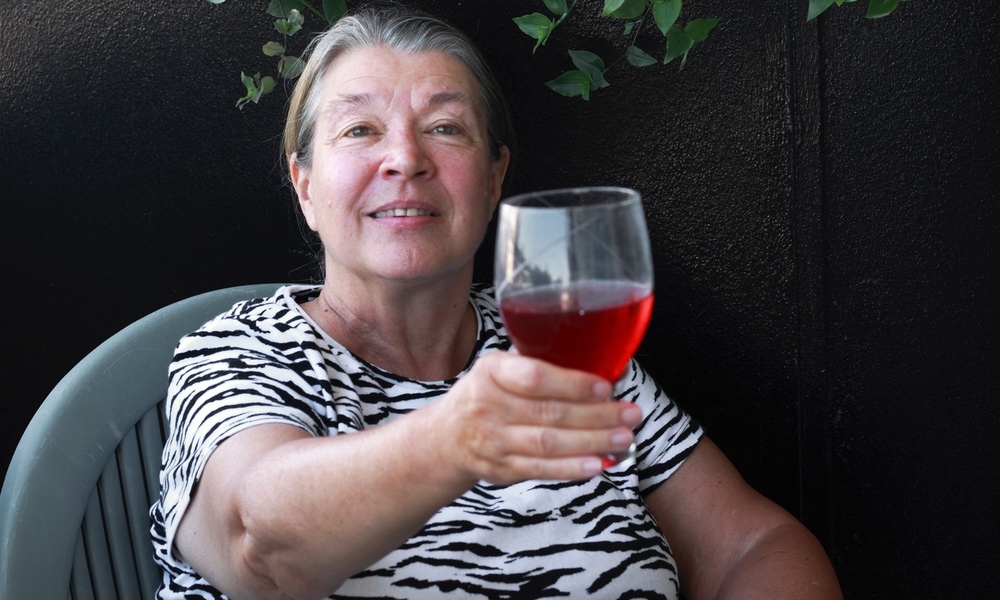A recent study of 147 Austrian schoolchildren has shown that children as young as nine years old can be taught CPR and effectively apply it. The results support the idea that CPR can and should be taught in schools.
The vast majority of students, aged 9−18, had no difficulty learning CPR techniques after six hours of training and retained this knowledge for at least 120 days, the length of the study. About 86% of them performed CPR technically correctly when they were tested.
The ability to perform CPR effectively was related to physical ability, not age.
This study is the first to show that the age of the students had no effect on their ability to learn and perform CPR. The ability to perform CPR effectively was related to physical ability, not age. While the youngest students (the nine−year olds) generally could not do chest compressions to the depth recommended for adult victims, this was due to a lack of strength, not the child's understanding or technique. They knew what to do but weren't strong enough to do it properly. Nine−year olds were able to compress the chest deeply enough to aid victims of their own age and to call the Austrian equivalent of 911.
The study results essentially agree with the findings of a 2007 British study published online at BMJ.com. In the 2007 study, 13−year olds performed CPR as well as adults.
Having bystanders who are able to perform CPR more than doubles the chance of survival for victims of sudden cardiac arrest. This is probably the best reason to consider teaching CPR to schoolchildren.
Any adult who has put off learning CPR because they thought is was too difficult should take note: it's easy enough that a child can learn it.
The 2009 study was published online in Critical Care on July 31, 2009.




